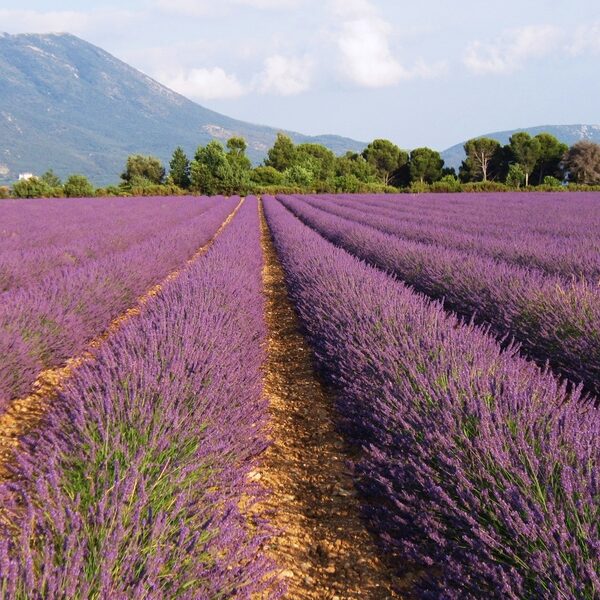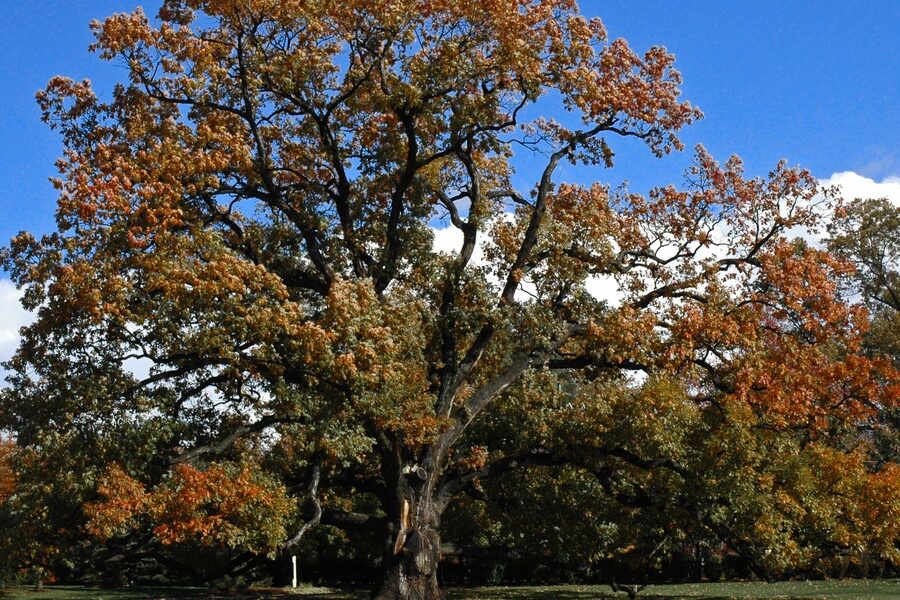Forests set the scene for everything from building materials to local craft traditions, and knowing which timbers come from which regions helps you pick the right wood for a project or study. A quick, organized list makes it easier to compare species at a glance and avoid guesswork when sourcing lumber.
There are 37 forest woods, ranging from African mahogany to White oak. For each entry you’ll find below Scientific name,Density (kg/m3),Native region, which lets you match strength and origin to your needs — you’ll find below.
Which woods on this list are best for outdoor projects?
Look for species with higher Density (kg/m3) and natural rot resistance; many temperate hardwoods and some tropical species perform well outdoors. Use the Scientific name to confirm the exact species (common names vary), then check Native region to ensure the wood is suitable for your climate and legally sourced.
How should I use the Scientific name,Density (kg/m3),Native region information when choosing timber?
Start with the Scientific name to remove ambiguity, compare Density (kg/m3) for strength and wear, and factor in Native region to assess durability and environmental fit; together those columns help you pick timber that’s structurally appropriate and responsibly sourced.
Forest Woods
| Name | Scientific name | Density (kg/m3) | Native region |
|---|---|---|---|
| White oak | Quercus alba | 770 | Eastern North America |
| English oak | Quercus robur | 750 | Europe, Western Asia |
| Northern red oak | Quercus rubra | 750 | Eastern North America |
| European beech | Fagus sylvatica | 720 | Europe |
| American beech | Fagus grandifolia | 720 | Eastern North America |
| Sugar maple | Acer saccharum | 750 | Eastern North America |
| Silver birch | Betula pendula | 650 | Europe, Asia |
| European ash | Fraxinus excelsior | 720 | Europe, Western Asia |
| Black walnut | Juglans nigra | 660 | Eastern North America |
| Black cherry | Prunus serotina | 600 | Eastern North America |
| Teak | Tectona grandis | 650 | South and Southeast Asia |
| Honduran mahogany | Swietenia macrophylla | 590 | Central & South America |
| Iroko | Milicia excelsa | 640 | West & Central Africa |
| Western red cedar | Thuja plicata | 340 | Pacific Northwest (North America) |
| Douglas fir | Pseudotsuga menziesii | 480 | Western North America |
| Scots pine | Pinus sylvestris | 510 | Europe, Asia |
| Norway spruce | Picea abies | 450 | Europe |
| Eastern hemlock | Tsuga canadensis | 450 | Eastern North America |
| European larch | Larix decidua | 560 | Europe |
| Eastern cottonwood | Populus deltoides | 450 | North America |
| Blue gum eucalyptus | Eucalyptus globulus | 650 | Australia (naturalized worldwide) |
| African mahogany | Khaya ivorensis | 560 | West & Central Africa |
| Ceylon ebony | Diospyros ebenum | 1,050 | Sri Lanka, India |
| East Indian rosewood | Dalbergia latifolia | 830 | Indian subcontinent |
| Merbau | Intsia bijuga | 800 | Southeast Asia, Pacific Islands |
| Black locust | Robinia pseudoacacia | 720 | Eastern North America |
| Sycamore maple | Acer pseudoplatanus | 700 | Europe, Western Asia |
| Black alder | Alnus glutinosa | 420 | Europe, Western Asia |
| Olive | Olea europaea | 830 | Mediterranean region |
| Sitka spruce | Picea sitchensis | 420 | Pacific Northwest (North America) |
| Kauri | Agathis australis | 600 | New Zealand |
| Lignum vitae | Guaiacum officinale | 1,260 | Caribbean, northern South America |
| Spanish cedar | Cedrela odorata | 480 | Central & South America |
| Eastern red cedar | Juniperus virginiana | 550 | Eastern North America |
| White ash | Fraxinus americana | 720 | Eastern North America |
| Coast redwood | Sequoia sempervirens | 430 | Pacific coast of North America |
| Basswood (American) | Tilia americana | 420 | Eastern North America |
Images and Descriptions
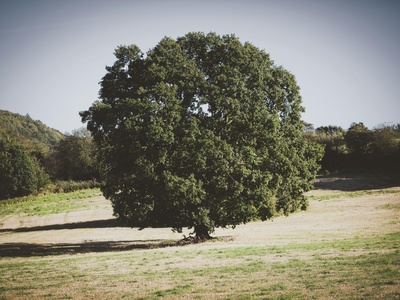
White oak
Hard, attractive light-brown wood with coarse grain; excellent rot resistance and strength. Common for flooring, barrels, furniture, and outdoor use. Widely available from managed forests; sustainable sourcing recommended due to regional logging pressures.
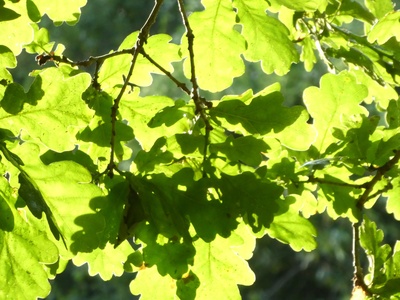
English oak
Dense, durable hardwood with pronounced grain and warm tones. Used for furniture, beams, shipbuilding and flooring. Long-lived native European forest tree; many stocks are sustainably managed though old-growth oak is limited in parts of its range.
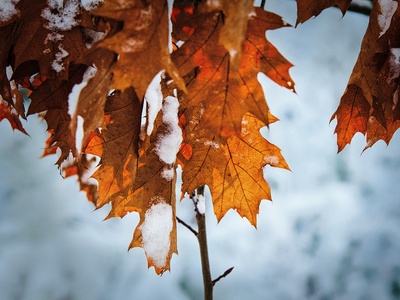
Northern red oak
Hard, porous wood with reddish hues and prominent grain, fast-drying and easy to work. Popular for flooring, cabinets and veneers. Common in regenerating forests and widely used in timber markets; generally sustainably available.

European beech
Pale, uniform wood with fine grain and good bending strength; accepts finishes well. Common for furniture, flooring and turned items. Abundant in European forests and commonly coppiced; well-managed but older beech woods are valued for biodiversity.

American beech
Creamy, close-grained hardwood ideal for furniture, tool handles and steam-bent work. Strong but susceptible to some pests and disease. Native forest species often managed for timber and firewood; not currently threatened broadly.

Sugar maple
Very hard, light-colored wood with fine grain; excellent for flooring, cutting boards and furniture, favored for tools and musical instruments. Sourced from mature northern hardwood forests; well-regarded and sustainably harvested in many regions.

Silver birch
Light, pale wood with subtle grain, easy to machine and finish. Used for plywood, furniture, turned items and fuelwood. Common in secondary forests and pioneer stands; generally plentiful and locally managed.

European ash
Tough, elastic pale wood with straight grain; prized for tool handles, sports equipment and furniture. Populations affected by ash dieback in parts of Europe, making sustainable sourcing and legal compliance important.

Black walnut
Rich dark-brown heartwood with attractive grain, easy to work and finish; premium for furniture, veneers and gunstocks. High-value timber often from mature forest trees; conservation-minded sourcing recommended.

Black cherry
Warm reddish-brown wood with smooth grain and good finishing qualities. Popular for fine furniture, cabinetry and veneers. Common in mixed hardwood forests and broadly available, though premium-grade logs fetch higher prices.
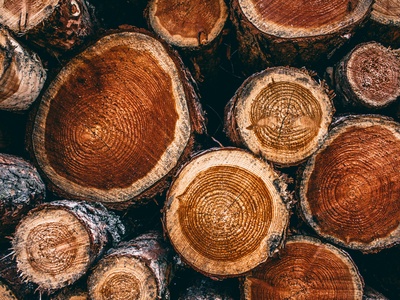
Teak
Durable, oily golden-brown wood with excellent weather resistance; used for outdoor furniture, decking and boatbuilding. Native to Asian forests but heavily logged; certified sources (FSC) preferred due to historical overharvesting.
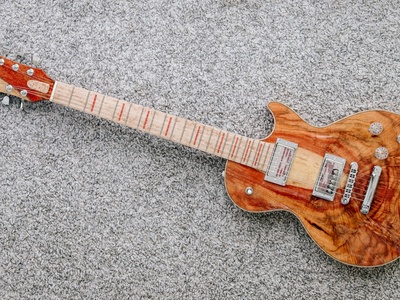
Honduran mahogany
Medium-density, reddish-brown wood known for stability and fine grain; used for furniture and instruments. Overexploited historically; legal trade restrictions and certification are important for sustainable sourcing.

Iroko
Hard, golden to brown wood often used as teak substitute for decking, joinery and outdoor work; resistant to decay. Harvested from African forests with variable management; check sourcing for sustainability.

Western red cedar
Light, aromatic, decay-resistant softwood with straight grain; ideal for outdoor cladding, shingles and saunas. Naturally occurring in temperate rainforests and widely used from sustainably managed forests.

Douglas fir
Strong, resinous softwood with straight grain, excellent for structural timber, flooring and joinery. Abundant in commercial forests and often sustainably managed; common choice for construction.
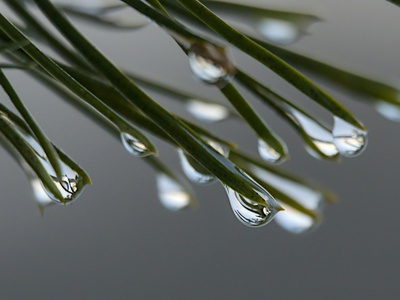
Scots pine
Versatile softwood with distinctive reddish heartwood and straight grain; used for construction, furniture and fencing. Widespread native forests across Eurasia and extensively managed for timber and restoration.
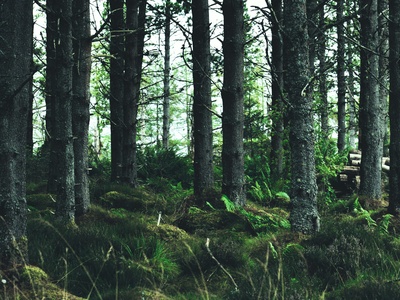
Norway spruce
Light, resonant softwood commonly used for structural lumber, paper pulp and musical instruments. Fast-growing in managed forests; abundant in northern Europe and important for regional timber industries.

Eastern hemlock
Fine-grained, soft brown wood used for construction and pulp; bark historically important medicinally. Forest stands have declined in places due to pest outbreaks; verify regional availability and management.

European larch
Durable softwood with attractive reddish tones and good rot resistance; used for boatbuilding, exterior joinery and structural work. Native montane forests are managed in Europe; valued for its strength and longevity.
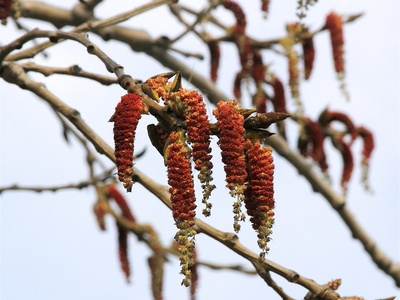
Eastern cottonwood
Light, soft wood with straight grain; inexpensive and used for pallets, crates and pulp, sometimes carving. Fast-growing riverine species common in floodplain forests; generally abundant and low-cost.

Blue gum eucalyptus
Hard, pale to reddish wood with high density and diverse uses from timber to fuel. Many eucalyptus species grow in native forests; plantation impacts and biodiversity concerns vary regionally.
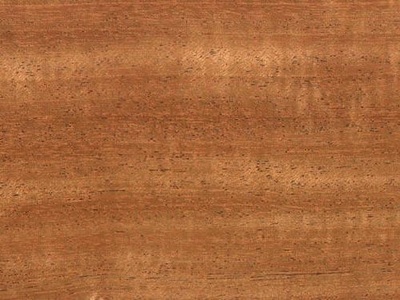
African mahogany
Attractive medium-density reddish hardwood used for furniture and joinery. Valuable timber and subject to logging pressure; sustainable sourcing and legality checks are advised due to conservation concerns in parts of range.

Ceylon ebony
Extremely dense, deep-black heartwood prized for inlays, instruments and fine turnery. Heavy and difficult to work but polishes to a mirror sheen. Overexploited historically; many populations are rare and trade is restricted.
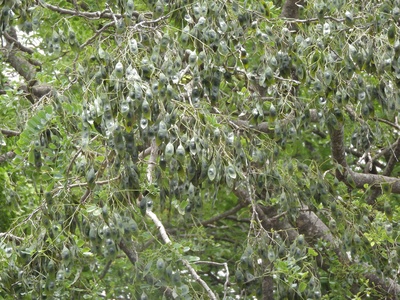
East Indian rosewood
Dense, richly colored hardwood with strong figure, favored for high-end furniture and instruments. Long-lasting and sonically excellent for guitars; many Dalbergia species face conservation and trade restrictions.
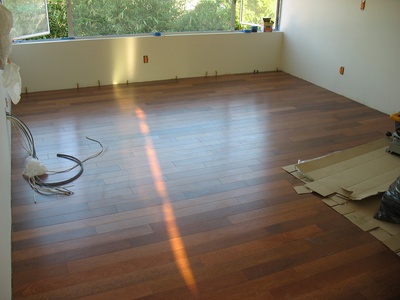
Merbau
Very durable, deep brown wood used for decking, heavy construction and outdoor joinery. Naturally long-lasting but subject to heavy extraction in native forests; certified sourcing recommended.
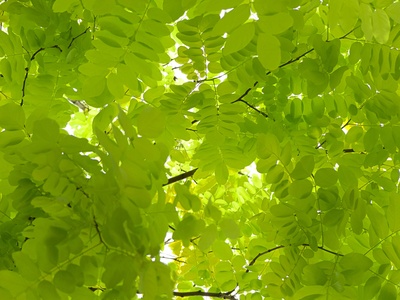
Black locust
Extremely durable, rot-resistant hardwood with tight grain; used for posts, outdoor furniture and flooring. Can be invasive outside native range; commonly harvested from forests for long-life outdoor uses.

Sycamore maple
Pale, uniform maple with subtle figure, easy to finish and carve; used for furniture, veneers and musical instruments. Widely found in European forests and urban plantings; sustainably available.

Black alder
Soft, light reddish wood that machines well and glues reliably; used for furniture, joinery and traditional turned items. Common in wet woodlands and riverbanks, often sustainably coppiced.
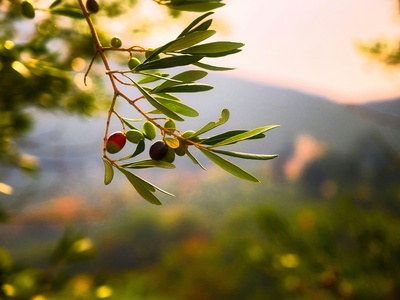
Olive
Dense, richly grained wood with golden-brown streaks; prized for small turned objects, kitchenware and decorative items. Mostly sourced from pruned or old orchard trees rather than wild forests; limited availability.

Sitka spruce
Light, strong and resonant softwood widely used for aircraft frames historically and for musical instrument soundboards. Major commercial timber species in coastal forests; commonly managed in plantations and natural stands.
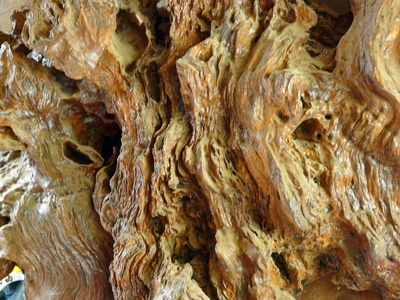
Kauri
Straight-grained, pale to golden wood used for furniture and boatbuilding; prized for large clear boards from old trees. Native kauri forests are ecologically sensitive and some stands are protected due to disease threats.

Lignum vitae
One of the densest woods, oily and self-lubricating, excellent for bearings, mallets and heavy-duty components. Slow-growing and historically overharvested; many species are rare and heavily regulated.
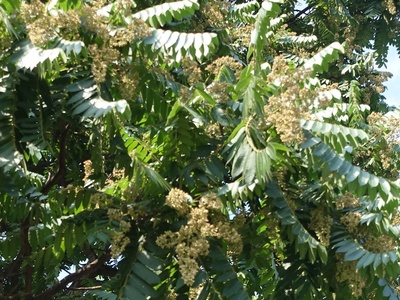
Spanish cedar
Light, aromatic timber used for cigar humidors, veneers and cabinetry; workable and stable with good rot resistance. Native to tropical forests and subject to logging pressure; choose certified sources when possible.

Eastern red cedar
Aromatic, fine-grained wood with natural insect-repellent oils; used for closets, cedar chests and fence posts. Common native tree that regenerates well, though habitat loss influences local availability.
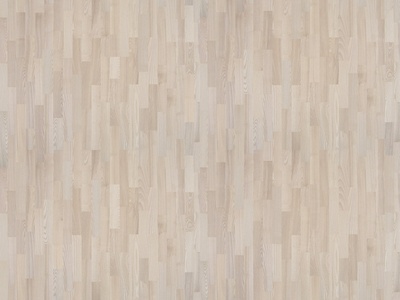
White ash
Hard, shock-resistant wood with straight grain ideal for tool handles, sports equipment and flooring. Populations have declined in places due to the emerald ash borer; verify regional sustainability.
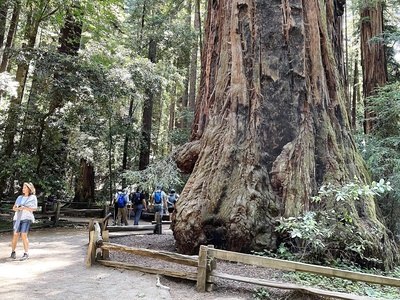
Coast redwood
Lightweight, stable, decay-resistant softwood with straight grain and reddish color; used for decking, siding and outdoor structures. Old-growth stands are protected; most timber comes from managed second-growth forests.

Basswood (American)
Soft, pale, fine-grained wood easy to carve and ideal for carving, musical instruments and millwork. Common in mixed hardwood forests and often sustainably harvested; beginner-friendly wood for hand tools.

